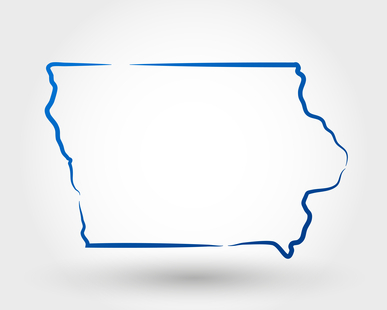
Since 2008, when the Obama internet campaign powered him to presidential victory, the entire electioneering and voting landscape has undergone a dramatic shift. Technology has changed every stage of the cycle. Campaign ads have gone digital. Fundraising for political campaign budgets is done through social media. Get out the vote tools are becoming increasingly sophisticated. At every political level, communication strategies have been radically updated to make use of cutting edge technologies.
Technology isn’t just being used to communicate to voters – it’s being used to help voters communicate with governments. In Iowa this week, ballot supervisors got a demonstration of electronic election equipment currently under consideration for purchase. The equipment – manufactured by Unisyn Corp. – makes the process of casting votes more efficient.
Cerro Gordo County Auditor Ken Kline says the equipment will have ‘little impact on the voter,’ who will continue to manually fill in paper ballots. It does, however, improve the management and efficiency of tabulation, and it does so while meeting all requirements of the Help America Vote Act (HAVA), which demanded all states and localities update their election process in order to:
- permit voters to verify votes before the ballot is cast and counted
- provide voters with the opportunity to change the ballot or correct errors before the ballot is cast and counted
- notify voters of overvoting, and allow them to correct any such errors
According to Kline, the cost of Cerro Gordo County’s proposed update will be around $300,000, which is commensurate with similar voting systems around the country – and Iowa’s 37 other states with the Unisyn system already in place.
As election season approaches, the race to update the methods by which votes are cast is almost as frantic as the constant upgrades to the ways in which votes are won. More than any campaign in history, the Senate elections 2014 will hinge on which candidates have the best election technology tools at their disposal.